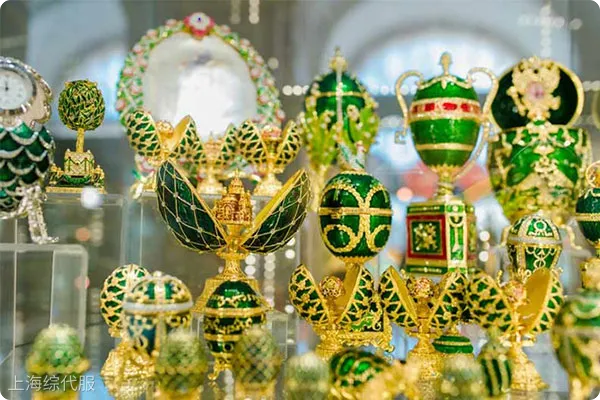The Government of India has taken new steps in its ongoing economic reform and fiscal adjustment.Since January 22, 2024, the Central Commission for Indirect Taxation and Customs has made major adjustments to the import policy of precious metals and jewelry accessories, significantly increasing the import tariffs, especially for gold and silver accessories and precious metal coins, with the new tax rate set at 15%, which includes a 10% basic tariff and a 5% additional agricultural infrastructure and development tax (AIDC).

As an agricultural power, India’s economy is partly dependent on agricultural development and farmers’ well-being, so raising funds by adjusting the structure of import tariffs is undoubtedly a major support for its agricultural infrastructure.
Additionally, import duties on waste catalysts and ashes containing precious metals have also been raised, with a new tax rate of 14.35%, including a 10% basic tariff and 4.35% AIDC tax. This change aims to promote domestic recycling and environmental protection while reducing dependence on foreign precious metal resources.
It is worth noting that waste catalysts and ashes, as well as coins containing precious metals, have been exempted from social welfare surcharges. In India, social welfare surcharges are usually levied on imported goods at a tax rate of 10 percent of the tariffs that have been levied. This exemption may be a balanced measure taken by the government to ease the burden on importers while raising the basic tariffs.
Over the past year, the Indian government has adjusted the import tariffs for silver, silver and silver products to a level consistent with gold and uranium. This means that the basic tariff rate for imported banks has been raised to 10%, the AIDC tax rate is 4.35%, while the import tariffs for gold remain unchanged.
With these measures, India hopes to effectively balance domestic markets, promote sustainable development, and also provide financial support for the country’s social welfare programs.These tariff changes, however, may also trigger a series of reactions in international markets, especially for international suppliers of precious metals that rely on the Indian market.
In the coming months, market participants will be closely watching the concrete impact of these tariff adjustments on India and the global precious metal markets, while Indian jewelry manufacturers and agricultural development programs will also benefit from the implementation of these new policies.


 Follow customer service WeChat
Follow customer service WeChat